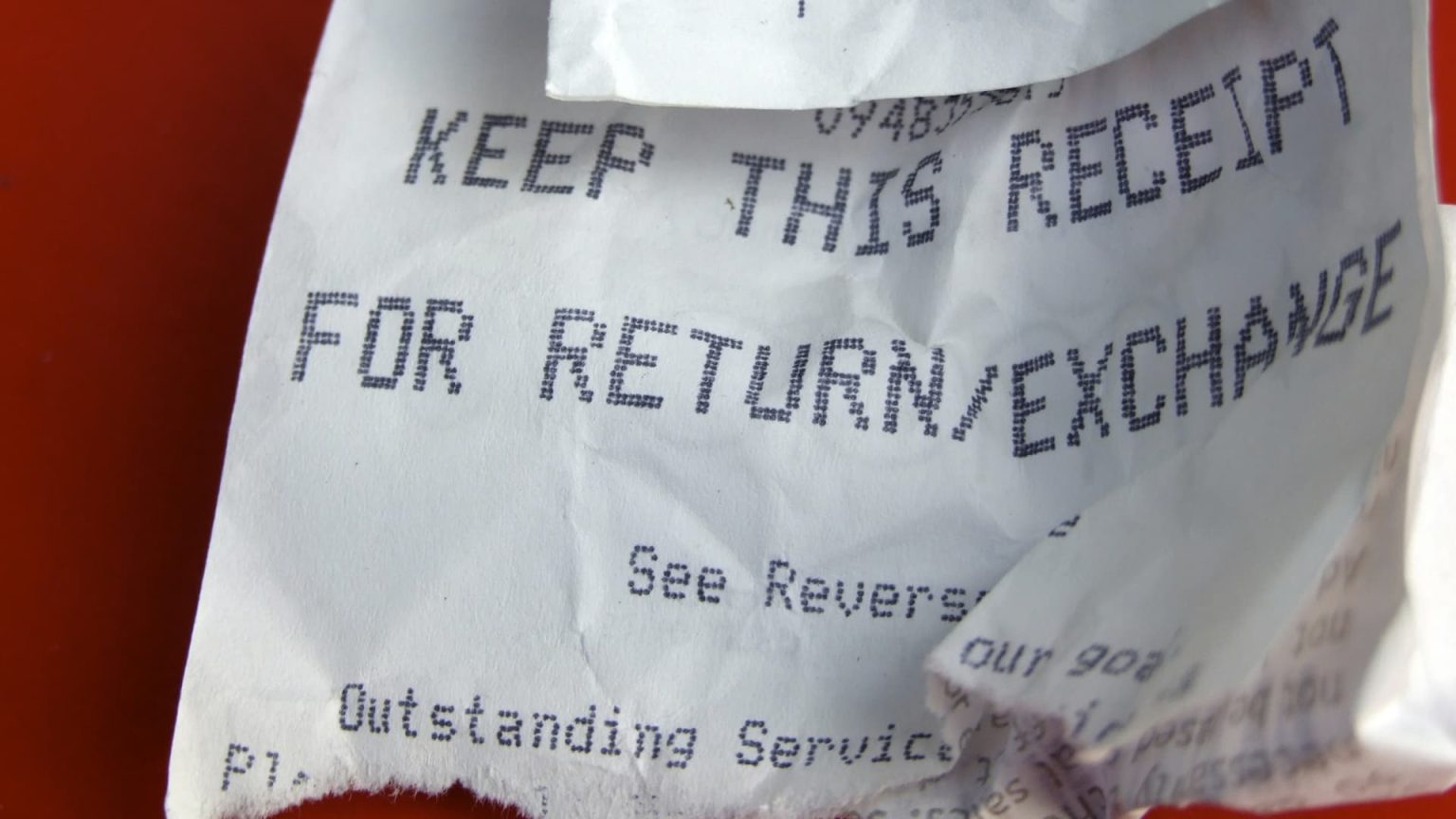In response to the high volume of returns that retailers face, many have implemented pay-to-return policies in order to combat these losses. In 2023, 81% of U.S. retailers, including Amazon, Macy’s, T.J.Maxx, Walmart, and Staples, made changes to their return policies. These changes may include shorter return windows, charging fees for returns, or simply allowing customers to keep the item. In the U.S., shoppers spent over $5 trillion on retail sales in 2023, with about 14.5% of these sales being returned, resulting in $743 billion worth of returned goods.
Robert Overstreet, an assistant professor of supply chain management at Iowa State, explains that retailers often lose up to 40% of the original retail price when a returned item needs to be put back on the shelf. Due to uncertainty in reselling the item for its original price, retailers are taking steps to reduce these losses. Many large retailers utilize third-party loss-prevention services to track and target risky return behavior. The Retail Equation, a software provider, is a notable service that tracks potentially fraudulent return behavior and assigns return scores to shoppers based on this data, allowing them to override a store’s return policy.
Unfortunately, many shoppers are unaware of this tracking and are caught off guard when their return is denied or when they receive a warning. Some customers have reported that the information on their report from The Retail Equation was inaccurate, leaving them with no recourse to correct it before being banned from returning items to the store. In some cases, customers who followed the store’s return policy were still flagged as problematic returners. Best Buy ended its relationship with The Retail Equation in 2019, according to the company.
Retailers are making these changes in response to the significant financial impact of returned goods on their bottom line. By cracking down on return losses, retailers hope to increase profitability and reduce the ambiguity and uncertainty surrounding return policies. Despite the use of third-party services to track return behavior, some customers have faced issues with inaccurate information and lack of recourse when their returns are denied. As retailers continue to evolve their return policies, customers should be aware of these changes and potential consequences when returning items to stores to avoid unexpected surprises at the return counter.













